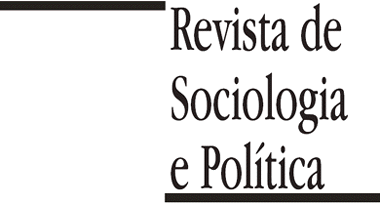Drawing on an ethnography of the author's childhood village in southwestern France, this article analyses the social uses and meaning of photographs and photographic practice in the peasant society of Béarn in the early 1960s. Photography was first introduced on the occasion of the great ceremonies of familial and collective life, such as weddings, in which it fulfills the function of affirming the unity, standing, and boundaries of the lineages involved. Such ceremonies can be photographed because they lie outside the everyday routine and they must be photographed to solemnize and materialize the image that the group intends to present of itself. Thus photos are read and appreciated not in themselves and for themselves, in terms of their technical or aesthetic qualities, but as lay sociograms providing a visual record of extant social roles and relations.
photography; peasantry; technology; kinship; aesthetics; village culture; Béarn; France
